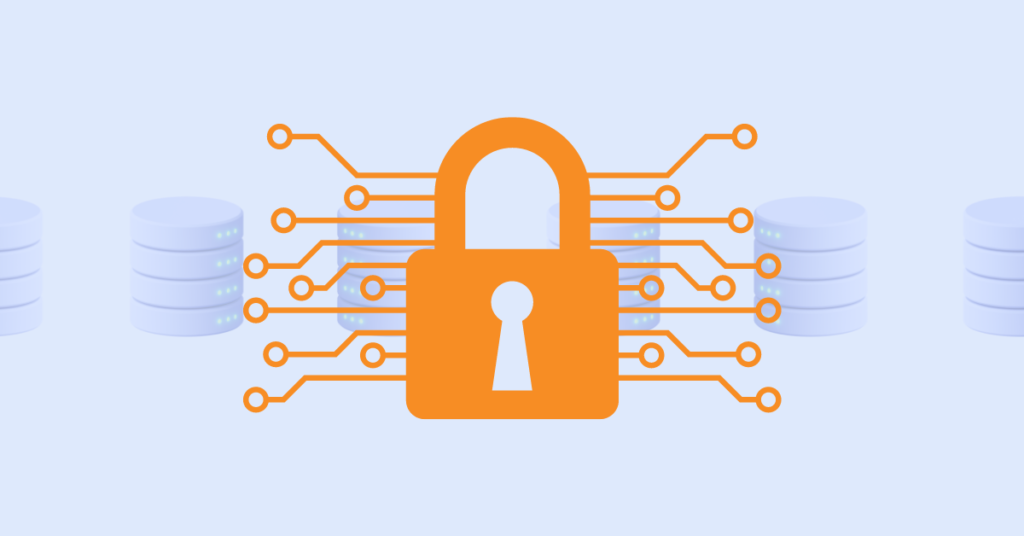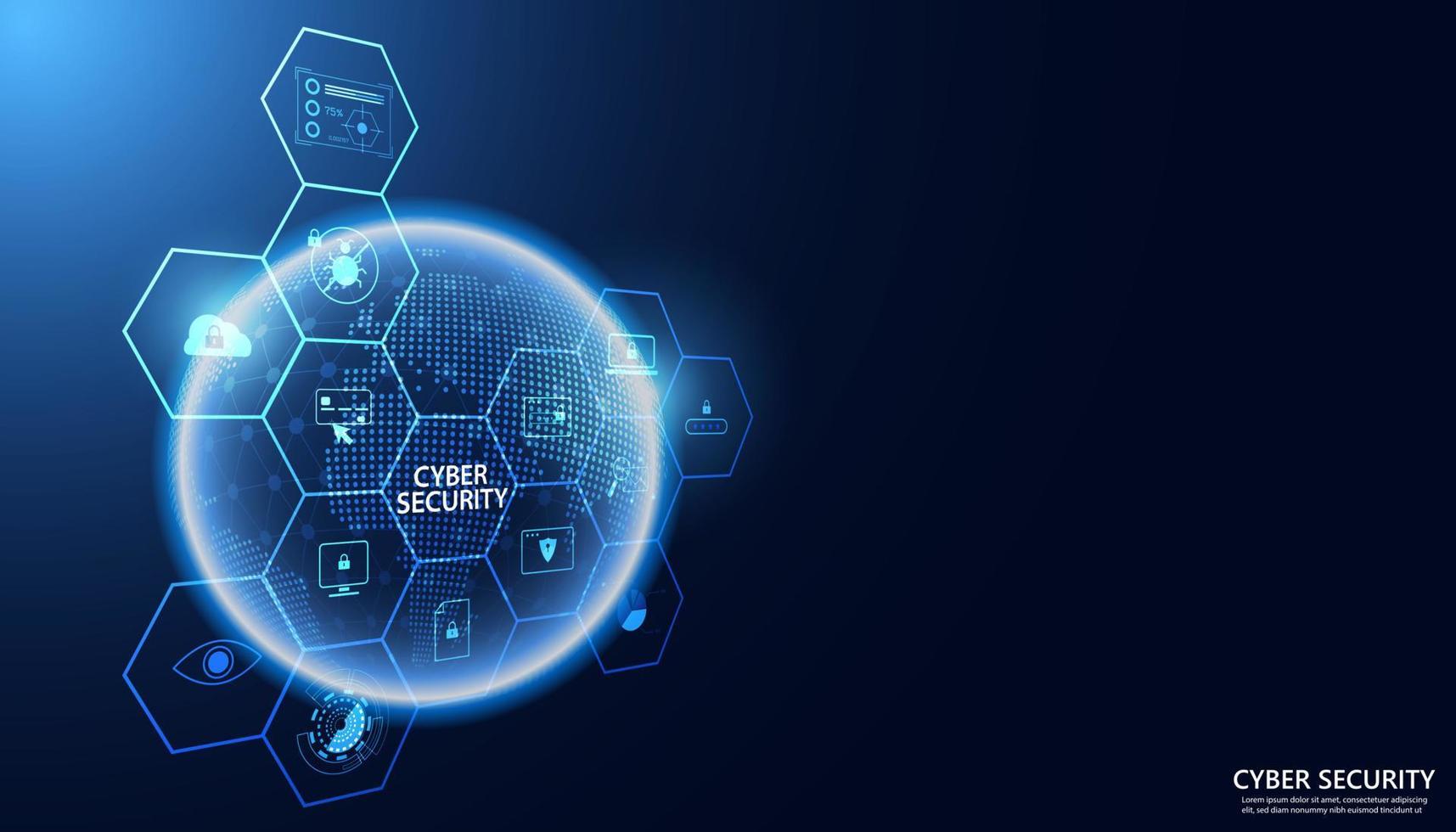Exactly How Information and Network Security Safeguards Versus Arising Cyber Dangers
In an age noted by the fast evolution of cyber hazards, the importance of information and network safety has actually never ever been much more noticable. As these risks become extra intricate, recognizing the interaction between information protection and network defenses is necessary for mitigating dangers.
Comprehending Cyber Hazards

The ever-evolving nature of technology consistently introduces new vulnerabilities, making it crucial for stakeholders to stay attentive. Individuals might unconsciously succumb to social engineering tactics, where enemies adjust them into divulging delicate information. Organizations face distinct difficulties, as cybercriminals typically target them to manipulate useful information or disrupt operations.
In addition, the surge of the Internet of Things (IoT) has broadened the strike surface area, as interconnected gadgets can serve as access factors for attackers. Identifying the importance of durable cybersecurity methods is important for minimizing these dangers. By fostering a comprehensive understanding of cyber organizations, dangers and people can implement efficient strategies to safeguard their digital assets, making certain resilience when faced with an increasingly complex hazard landscape.
Trick Elements of Information Safety
Making sure information safety and security needs a diverse method that includes numerous essential parts. One basic element is data file encryption, which changes sensitive info right into an unreadable format, available just to accredited customers with the suitable decryption keys. This works as an important line of protection versus unauthorized access.
Another important part is accessibility control, which controls that can check out or manipulate data. By executing strict user authentication methods and role-based access controls, companies can decrease the risk of insider hazards and data breaches.

Furthermore, information concealing methods can be used to safeguard delicate information while still enabling its usage in non-production settings, such as testing and development. fft perimeter intrusion solutions.
Network Security Strategies
Implementing robust network protection methods is important for protecting a company's electronic facilities. These methods involve a multi-layered technique that consists of both hardware and software application solutions designed to safeguard the integrity, confidentiality, and schedule of data.
One vital component of network protection is the release of firewalls, which act as an obstacle between relied on internal networks and untrusted exterior networks. Firewall programs can be hardware-based, software-based, or a mix of both, and they help filter incoming and outgoing traffic based upon predefined safety and security policies.
Furthermore, intrusion detection and prevention systems (IDPS) play a vital function in keeping track of network traffic for dubious tasks. These systems can notify administrators to potential breaches and act to alleviate dangers in real-time. Routinely updating and covering software is likewise essential, as susceptabilities can be manipulated by cybercriminals.
In addition, executing Virtual Private Networks (VPNs) guarantees secure remote accessibility, securing data transferred over public networks. Lastly, segmenting networks can lower the assault surface and consist of potential breaches, limiting their influence on the total framework. By embracing these methods, organizations can effectively fortify their networks versus arising cyber dangers.
Best Practices for Organizations
Establishing ideal methods for organizations is critical in keeping a strong safety and security pose. A comprehensive strategy to data and network protection begins with routine risk analyses to determine susceptabilities and prospective threats.
Furthermore, continual employee training and understanding programs are vital. Staff members must be informed on identifying phishing efforts, social design strategies, and the importance of sticking to safety and security methods. Routine updates and patch management for software program and systems are also vital to secure versus recognized susceptabilities.
Organizations need to develop and check event response prepares to make certain preparedness for potential violations. This includes developing clear communication networks and functions during a security occurrence. In addition, data encryption ought to be utilized both at rest and en route to guard sensitive details.
Last but not least, performing routine audits and conformity checks will help ensure adherence to relevant policies and recognized plans - fft perimeter intrusion solutions. By adhering to these ideal methods, organizations can dramatically improve their strength against arising cyber threats and safeguard their essential properties
Future Trends in Cybersecurity
As companies navigate a progressively intricate digital landscape, the future of cybersecurity is positioned to evolve considerably, driven by emerging modern technologies and shifting threat paradigms. One noticeable fad is the integration of expert system (AI) and artificial intelligence (ML) right into safety and security frameworks, enabling for real-time danger discovery and reaction automation. These innovations can analyze substantial quantities of data to identify anomalies and prospective breaches much more efficiently than traditional methods.
One more crucial pattern is the increase of zero-trust design, which requires continuous verification of user identities and tool safety, no matter of their place. This strategy lessens the danger of insider risks and enhances defense versus outside strikes.
Furthermore, the enhancing fostering of cloud services demands robust cloud safety and security strategies that resolve one-of-a-kind susceptabilities connected with cloud environments. As remote work becomes a long-term component, safeguarding endpoints will additionally end up being critical, causing a raised emphasis on endpoint detection and response (EDR) remedies.
Last but not least, regulative conformity will certainly remain to form cybersecurity practices, pressing companies to take on a lot more rigorous data defense actions. Welcoming these fads will certainly be essential for organizations to fortify their defenses and navigate the evolving landscape of cyber threats efficiently.
Conclusion
To conclude, the application of durable data and network security procedures is essential for organizations to secure against arising cyber dangers. By using encryption, access control, and efficient network safety and security techniques, companies can substantially reduce susceptabilities and protect sensitive info. Taking on best techniques additionally improves durability, preparing organizations to encounter advancing cyber difficulties. As cybersecurity continues to progress, staying educated concerning future patterns will be important in preserving a solid defense against prospective risks.
In an age marked by the rapid evolution of cyber dangers, the importance of information and network protection fiber network security has never been a lot more noticable. As these hazards end up being much more complicated, recognizing the interaction between data protection and network defenses is essential for reducing threats. Cyber risks incorporate a vast variety of destructive activities aimed at jeopardizing the privacy, integrity, and availability of networks and information. An extensive method to information and network safety and security begins with regular danger assessments to determine susceptabilities and possible risks.In verdict, the execution of robust data and network protection procedures is crucial for companies to protect versus emerging cyber risks.